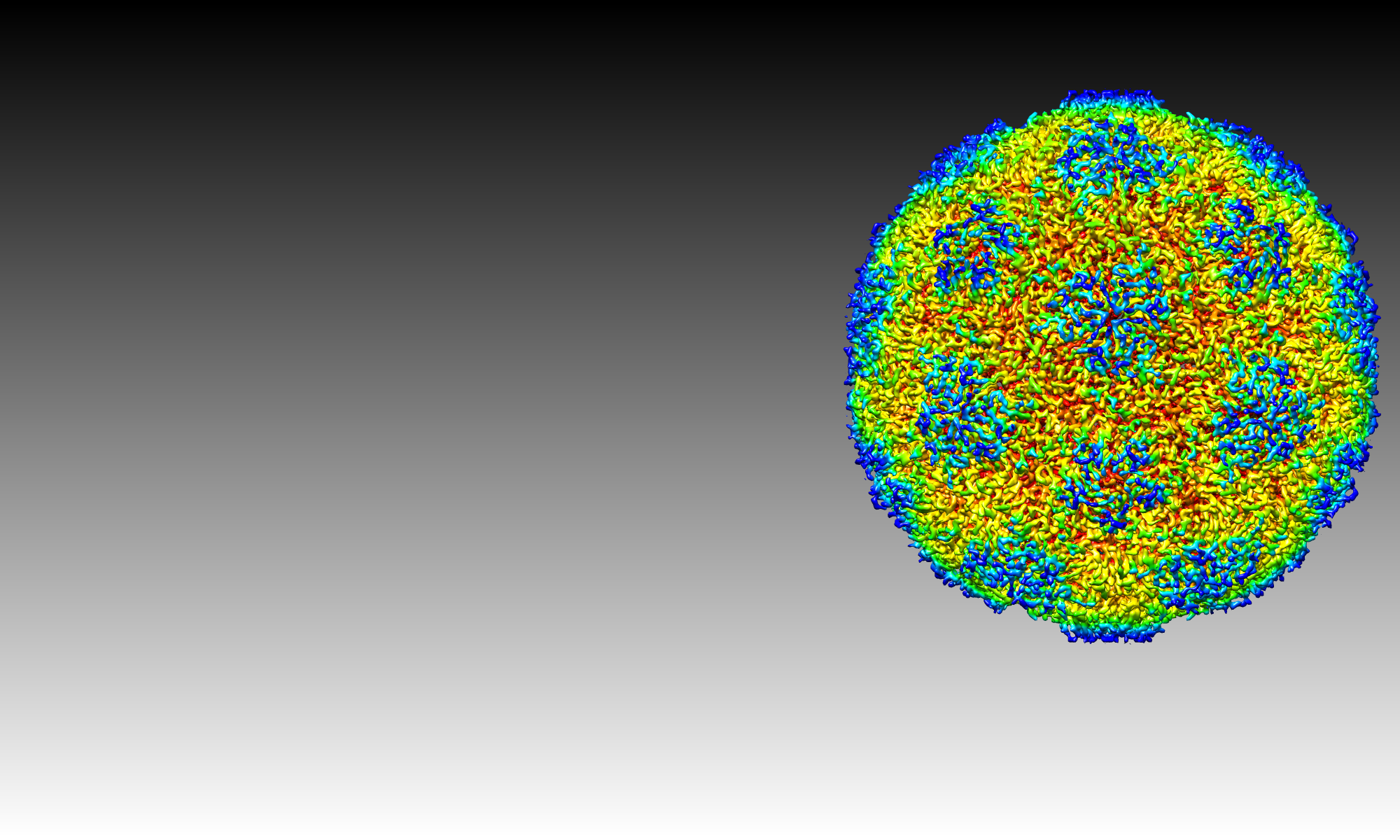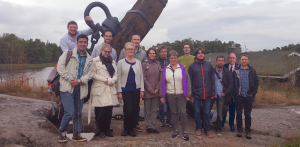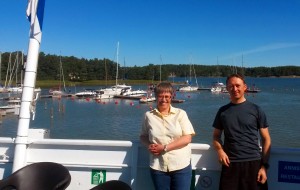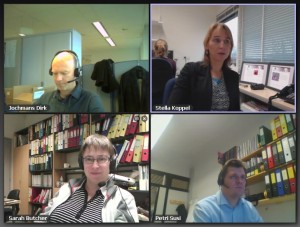The Butcher, Wolthers and Beaumont labs have recently published an article providing an atomic model of human parechovirus 1. The atomic model was then used to define the epitopes and modes of neutralization for two potential therapeutic antibodies against human parechovirus 1.
Parechoviruses are medically-relevant human pathogens causing mild to severe infections. Currently there are no vaccines or antivirals against them. The Butcher and Wolthers labs as part of the AIROPico consortium in collaboration with the company AIMM Therapeutics, have recently published an article in the Journal of Virology providing an atomic model of human parechovirus 1.
The atomic model was then used to define the epitopes and modes of neutralization for two potential therapeutic antibodies against human parechovirus 1. These human monoclonal antibodies show cross-neutralization against other human parechoviruses as well.
The AM18 antibody recognizes arginine-glycine-aspartic acid motif present on viral capsid protein 1 and neutralizes the virus by competing with the cellular receptor which also recognizes the same motif. The AM28 antibody neutralizes by binding to a conformational epitope and blocking the viral RNA release site.
“This is a first step towards developing therapies against parechoviruses which is one of the long term goals of AIROPico,” says Research Director Sarah Butcher.
The study was supported by the Seventh Framework Programme of the European Union AIPP under contract PIAPP-GA-2013-612308 (AIROPico), the Academy of Finland, the Sigrid Juselius Foundation, the Netherlands Organisation for Health Research and Development, The AMC Research Council, the European Molecular Biology Organization and the European Society of Clinical Virology.

Fab molecules bound to human parechovirus 1.
Picture copyright owned by Pasi Laurinmäki.





